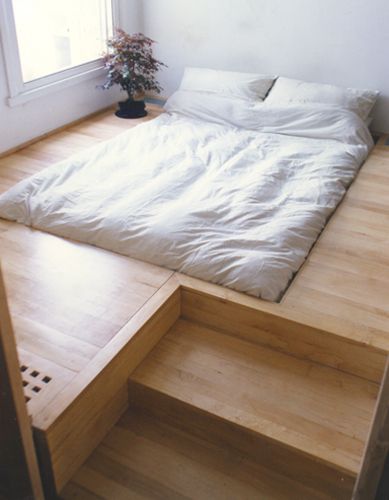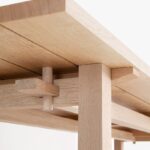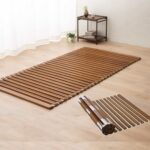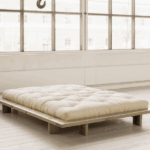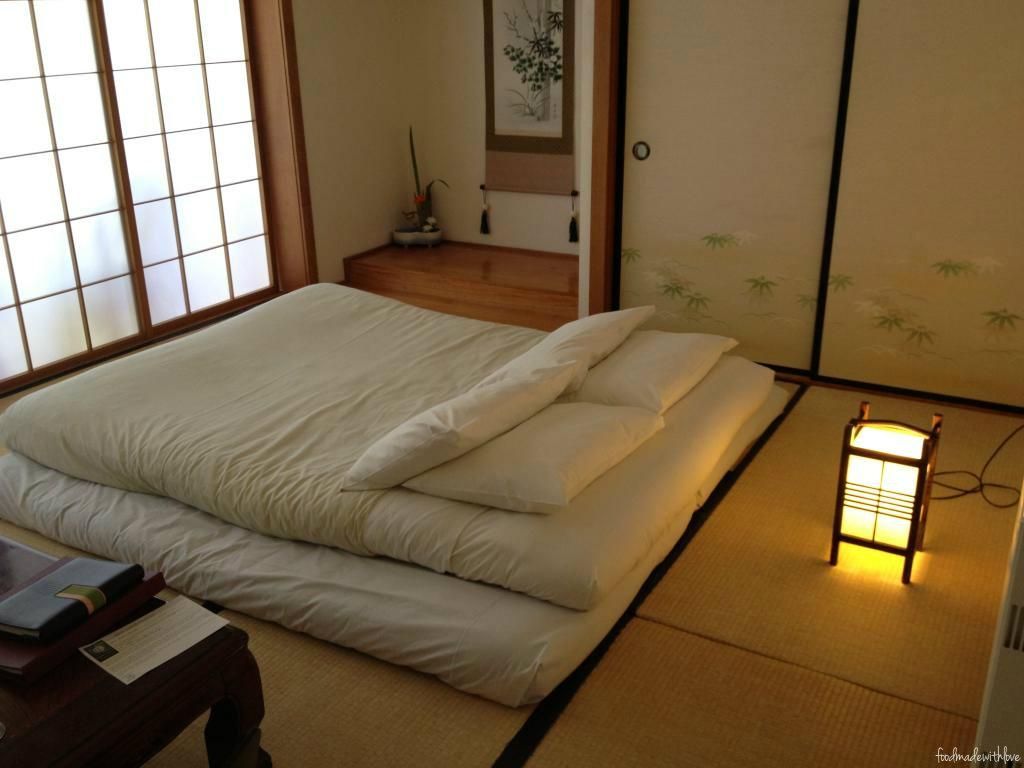
Japanese beds, also known as futons, are traditional sleeping mats that have been used in Japan for centuries. These beds are typically low to the ground, allowing for a more minimalist and simplistic aesthetic in the bedroom. The futon itself is made up of a thin, padded mattress that is placed directly on the floor, or on a Tatami mat for added comfort. Japanese beds are known for their versatility, as they can easily be folded and stored away during the day to create more space in the room. They are also preferred by many for their back support and ability to relieve pressure points while sleeping. In recent years, Japanese beds have gained popularity in the Western world for their ergonomic design and connection to the principles of Zen and minimalism. Whether used in a traditional Japanese-style room or a modern Western bedroom, Japanese beds provide a comfortable and serene sleeping experience for those looking to enhance their quality of rest.
When it comes to traditional Japanese beds, the first thing that comes to mind is the futon. These mattresses are typically thin and placed directly on the floor, allowing for a minimalist and space-saving sleeping arrangement. The futon is known for its simplicity and convenience, as it can easily be rolled up and stored away during the day to create more space in the room. Despite its thinness, the futon provides a comfortable sleeping surface that conforms to the body, making it a popular choice for many people in Japan.
Another popular traditional Japanese bed is the tatami mat. Tatami mats are made from woven rush grass and are used as flooring in traditional Japanese homes. These mats are soft yet firm, providing a comfortable surface for sleeping. Many people in Japan prefer to sleep directly on tatami mats or use them as a base for their futon mattresses. Tatami mats also have a natural scent that is said to promote relaxation and improve sleep quality.
In addition to futons and tatami mats, another popular sleeping arrangement in Japan is the shikibuton. This type of mattress is thicker than a traditional futon and can be folded or rolled up for storage. Shikibutons are made from cotton and are usually placed on top of a tatami mat or traditional bed frame. While shikibutons are more luxurious and comfortable than futons, they still maintain the simplistic and minimalist aesthetic that is characteristic of Japanese design. Overall, traditional Japanese beds offer a unique and comfortable sleeping experience that prioritizes simplicity, functionality, and space-saving design.
 Decor ideas Style Starts Here
Decor ideas Style Starts Here
